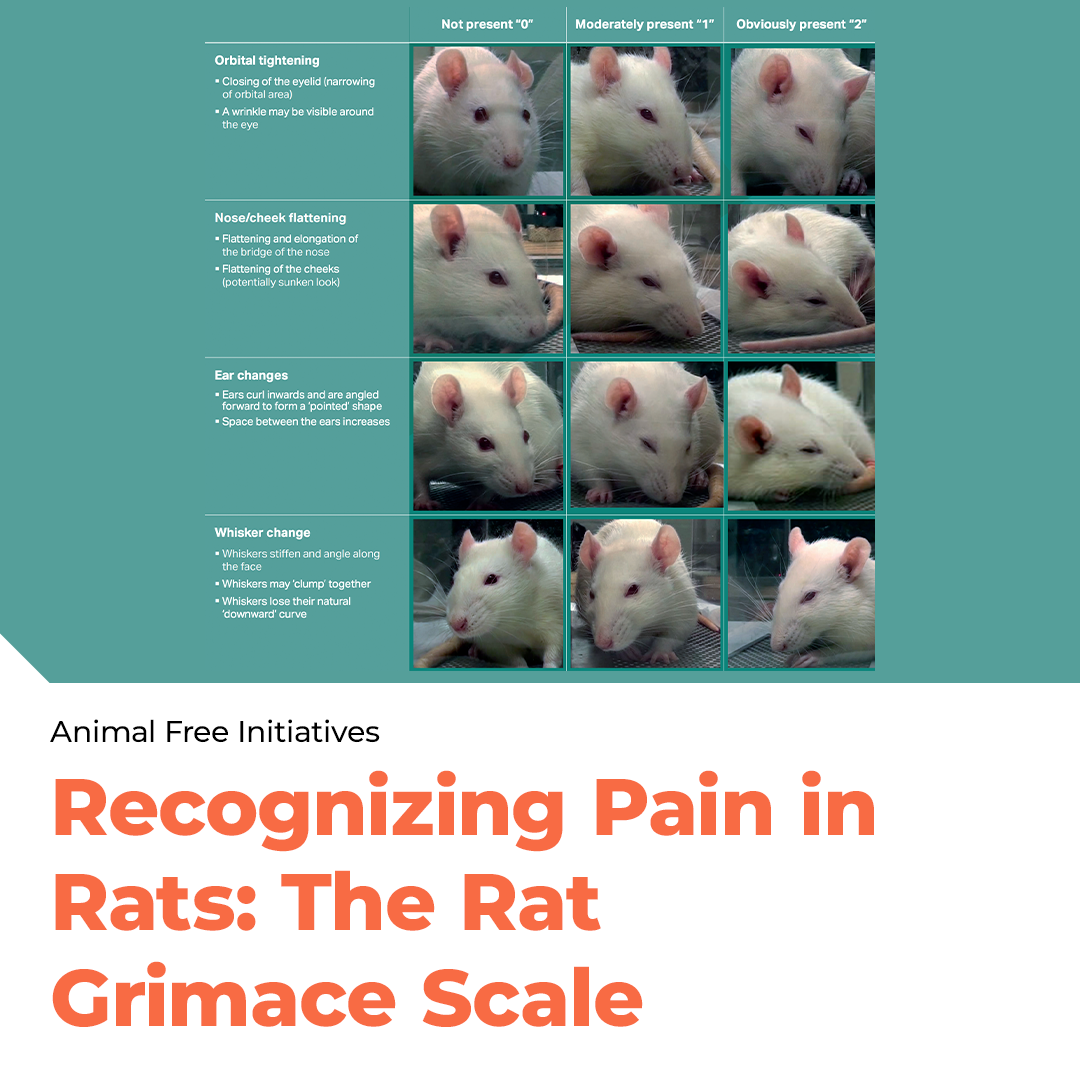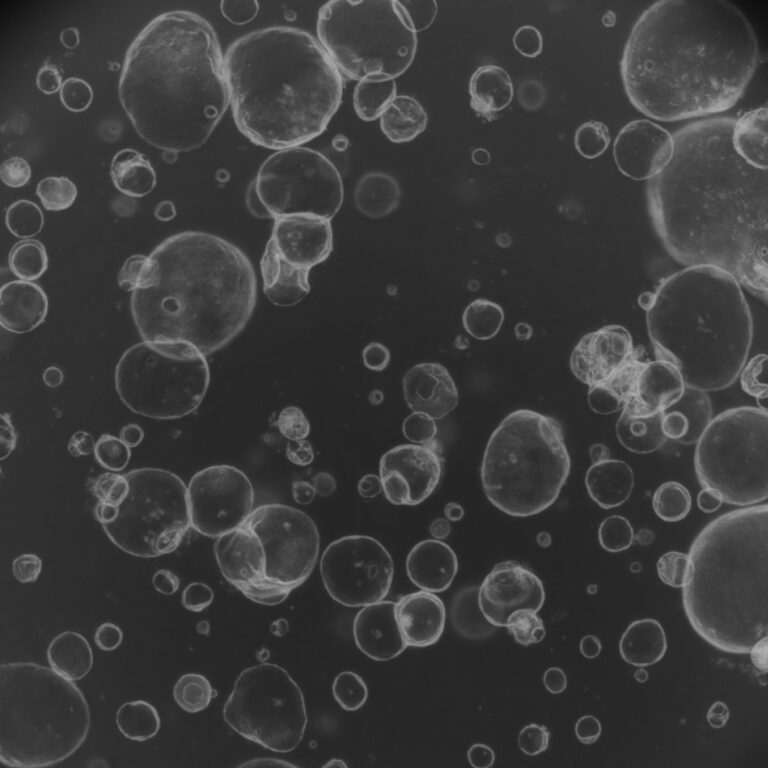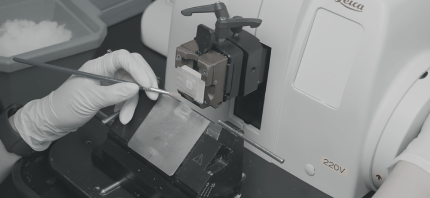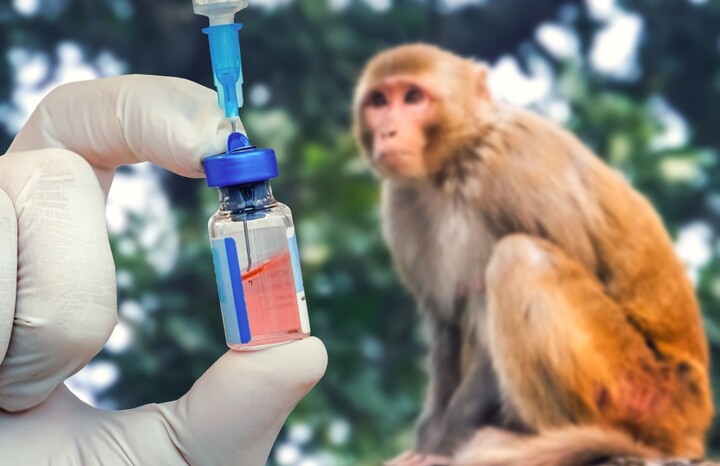Continuing our exploration of animal grimace scales, today we’ll delve into the Rat Grimace Scale. While it might look similar to the Mouse Grimace Scale, there are key differences specific to rats.
Just like with mice and rabbits, recognizing pain in rats through their facial expressions can significantly enhance their welfare by enabling timely and effective pain management.
The Rat Grimace Scale, developed through extensive research, focuses on several key facial action units. Here’s a breakdown:
The Rat Grimace Scale
Orbital Tightening
- Description: Narrowing of the eyes, often accompanied by visible wrinkles around the eye.
- Significance: Indicates discomfort or pain, similar to the response observed in mice and rabbits.
Nose/Cheek Flattening
- Description: Flattening and elongation of the nose bridge, and flattening of the cheeks, potentially giving a sunken look.
- Significance: Reflects a response to pain, akin to similar action units in mice and rabbits.
Ear Changes
- Description: Ears curl inwards and angle forward, forming a pointed shape, with increased space between the ears.
- Significance: This change is a clear indicator of pain or distress.
Whisker Changes
- Description: Whiskers stiffen, angle along the face, may clump together, and lose their natural downward curve.
- Significance: These changes can reliably indicate pain.
When using the Rat Grimace Scale to assess pain in real-time at the cage or pen side, it’s crucial to observe each rat for a short period. This approach ensures that brief, unrelated changes in facial expression do not lead to incorrect assessments. Importantly, grimace scales should only be used with awake animals to ensure accurate readings.
By recognizing these facial expressions, researchers can provide timely and effective pain relief, significantly improving the welfare of rats in laboratory settings.
Keywords: rat, grimace, pain tolerance






